The US National Aeronautics and Space Administration (NASA) said on October 28 that the X-59 supersonic aircraft, manufactured by Lockheed Martin Corporation, had successfully conducted its first test flight in the desert in Southern California, US.
This event marks an important step towards a generation of commercial aircraft that can exceed the speed of sound, with less noise.
The X-59, nearly 30m long, took off on the morning of October 28 local time, from Lockheed Martin's Skunk Works facility in Palmdale, about 100km north of Los Angeles.
After nearly an hour of flight, the X-59 landed safely at Edwards Air Force Base near NASA's Armstrong Flight Research Center.
During this first flight, the aircraft reached a speed of about 370 km/h (which is less than the speed of sound (Mach 1) which is generally accepted to be about 1,235 km/h at sea level and 20 degrees Celsius). During this test, the X-59 reached a maximum altitude of 3,660m.
"The X-59 has successfully completed its first flight," Lockheed Martin spokeswoman Candis Roussel said in a statement, calling the event "a significant milestone for the aerospace industry."
According to NASA, the X-59 is specially designed to significantly reduce the loud boom-like sound that is emitted when an aircraft breaks the speed of sound. Instead, the X-59 is designed to produce a sound similar to the sound of a car door closing.
This noise reduction technology is expected to pave the way for the restoration of supersonic flights in commercial aviation, which have long been restricted from flying over residential areas due to noise concerns.
The X-59 development project was launched by NASA in 2018, with a budget of more than 518 million USD. The aircraft is designed to reach a cruising speed of about 1,490 km/h (equivalent to Mach 1.4) and an altitude of 16,700m, which is nearly twice as fast and twice as high as a normal civil aircraft.
Lockheed Martin says data collected from X-59 flights will help develop new acoustic standards for future hypersonic flights.
The airline industry has previously had commercial supersonic service with Concorde aircraft, operated by British Airways and Air France, on transatlantic routes since 1976.
However, this aircraft line stopped operating in 2003 due to high operating costs, limited seats and a decline in passenger numbers after a serious accident in July 2000 as well as after the terrorist attacks on September 11, 2001./.
Source: https://www.vietnamplus.vn/thu-nghiem-thanh-cong-chuyen-bay-dau-tien-cua-may-bay-sieu-thanh-x-59-post1073525.vnp





![[Photo] Prime Minister Pham Minh Chinh chaired a meeting to discuss solutions to overcome the consequences of floods in the central provinces.](https://vphoto.vietnam.vn/thumb/1200x675/vietnam/resource/IMAGE/2025/10/29/1761716305524_dsc-7735-jpg.webp)
![[Photo] Flooding on the right side of the gate, entrance to Hue Citadel](https://vphoto.vietnam.vn/thumb/1200x675/vietnam/resource/IMAGE/2025/10/28/1761660788143_ndo_br_gen-h-z7165069467254-74c71c36d0cb396744b678cec80552f0-2-jpg.webp)
![[Photo] National Assembly Chairman Tran Thanh Man received a delegation of the Social Democratic Party of Germany](https://vphoto.vietnam.vn/thumb/1200x675/vietnam/resource/IMAGE/2025/10/28/1761652150406_ndo_br_cover-3345-jpg.webp)
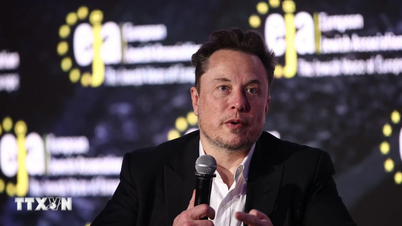


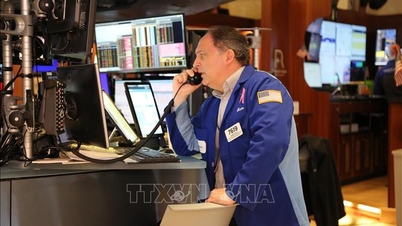

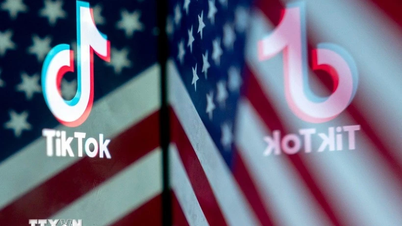

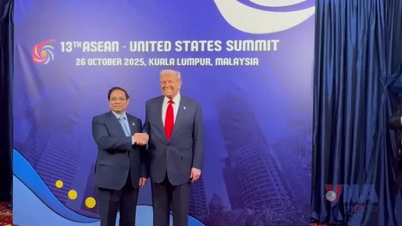
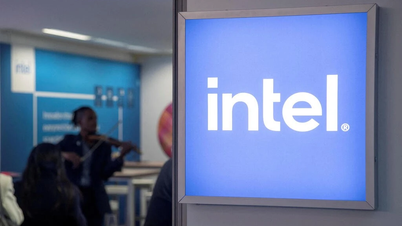



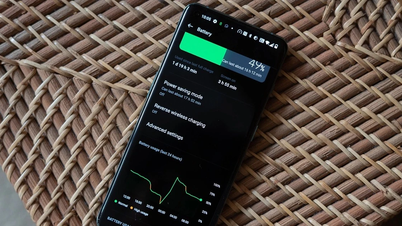
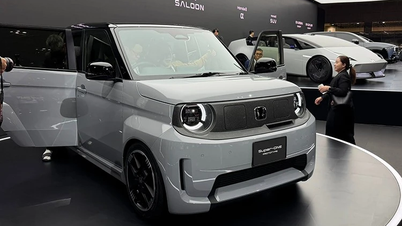
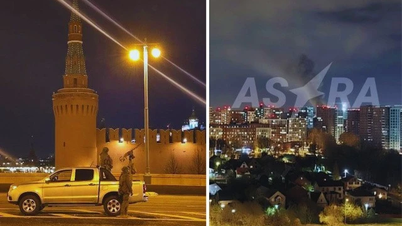
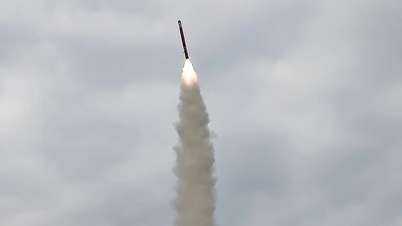




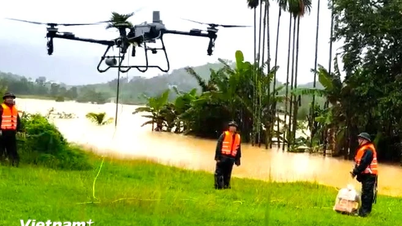
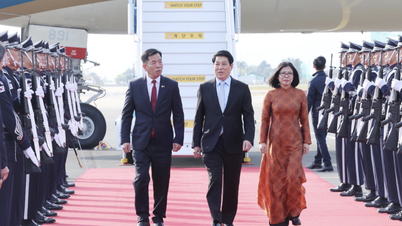




![[Photo] Draft documents of the 14th Party Congress reach people at the Commune Cultural Post Offices](https://vphoto.vietnam.vn/thumb/1200x675/vietnam/resource/IMAGE/2025/10/28/1761642182616_du-thao-tai-tinh-hung-yen-4070-5235-jpg.webp)



























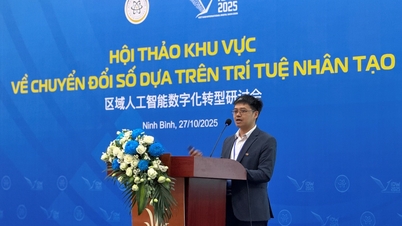









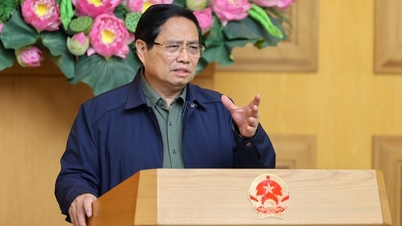





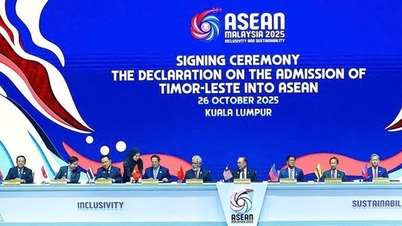




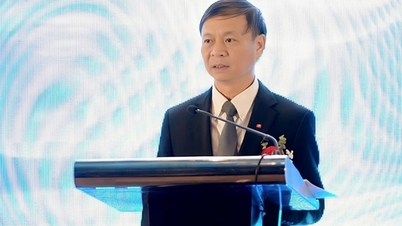


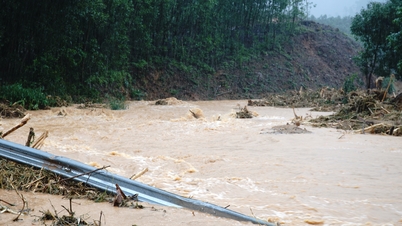





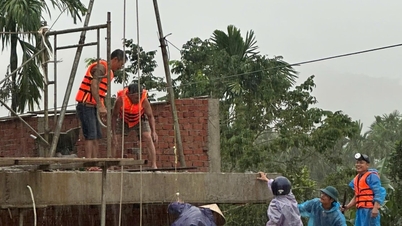
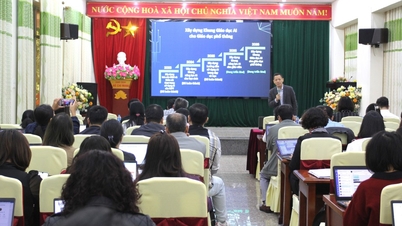
















Comment (0)